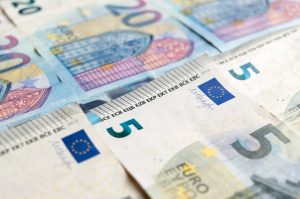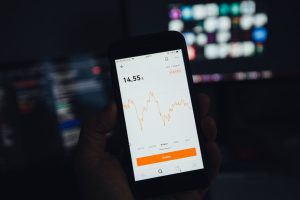Forex trading, or foreign exchange trading, is the buying and selling of currencies on a global market. The forex market is the largest and most liquid financial market in the world, with an average daily trading volume of over $5 trillion. With the increasing popularity of forex trading, there has been a growing demand for forex trading platforms. These platforms allow traders to access the forex market and execute trades from anywhere in the world. In this article, we will explore the steps involved in creating a forex trading platform.
1. Define the scope of the platform
Before you start building a forex trading platform, it is important to define the scope of the platform. This involves identifying the target audience, the features and functionalities of the platform, and the overall user experience. You should also consider the regulatory requirements and legal considerations for operating a forex trading platform in your jurisdiction.
2. Choose a technology stack
The next step is to choose a technology stack for your forex trading platform. This involves selecting the programming languages, frameworks, and tools that you will use to build the platform. Some of the popular programming languages for building trading platforms include Java, C++, Python, and Ruby. You may also need to use a database management system like PostgreSQL or MySQL to store and manage user data.
3. Design the user interface
The user interface is a critical component of any forex trading platform. It should be intuitive, user-friendly, and visually appealing. You should consider the needs of your target audience and design the platform accordingly. The user interface should allow traders to view real-time market data, execute trades, and manage their accounts.
4. Develop the trading engine
The trading engine is the heart of the forex trading platform. It is responsible for executing trades, managing orders, and calculating profits and losses. The trading engine should be fast, reliable, and flexible. It should be able to handle a large volume of trades and support a wide range of trading strategies.
5. Integrate market data feeds
To provide traders with real-time market data, you will need to integrate market data feeds into your forex trading platform. These data feeds will provide information such as currency prices, exchange rates, and news events that can impact the forex market. You can use third-party providers like Bloomberg, Reuters, or TradingView to access market data feeds.
6. Implement security features
Security is a critical consideration for any forex trading platform. You will need to implement robust security features to protect user data and prevent unauthorized access to the platform. This includes implementing encryption, two-factor authentication, and secure communications protocols like SSL/TLS.
7. Test and deploy the platform
Once you have developed the forex trading platform, you will need to test it thoroughly to ensure that it is stable, reliable, and meets the requirements of your target audience. You can use automated testing tools and manual testing to identify and fix any bugs or issues. Once the platform has been tested and verified, you can deploy it to a production environment and make it available to traders.
In conclusion, creating a forex trading platform requires a combination of technical expertise, market knowledge, and user experience design. By following the steps outlined above, you can create a robust and reliable forex trading platform that meets the needs of your target audience. Remember to stay up-to-date with the latest market trends and regulations to ensure that your platform remains relevant and compliant over time.






